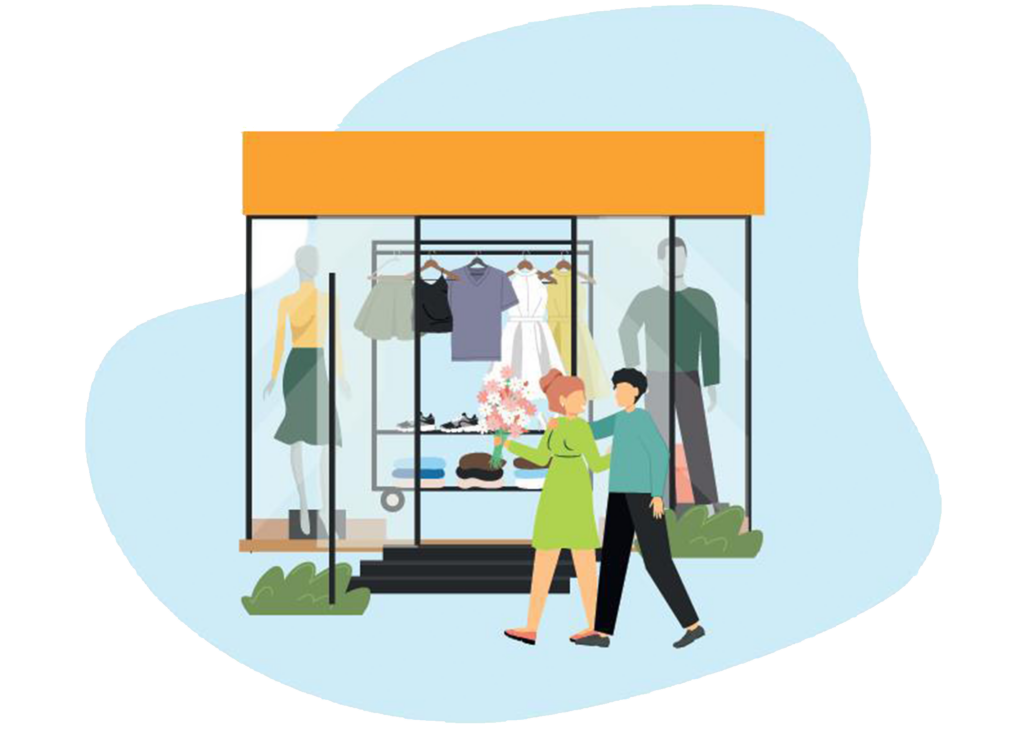The journey from street to home
MRI Rise: The journey from street to home
The more nights an individual spends homeless, the further exposure they have to multiple risks; from deteriorating physical health and mental health, to the misuse of substances and the possible violence associated with rough sleeping, these are circumstances fraught with danger. To avoid people becoming long-term homeless, rapid response by outreach teams in hand with structured planned pathways to tenancies are needed.
Within the context of homelessness, the term ‘pathway’ covers the journey from first contact with a customer, through an initial assessment of needs to identifying and accessing appropriate support and eventually gaining secure accommodation. For each individual, this journey will be different and could have many steps that overlap and even repeat. For different local authorities, pathways for those rough sleeping often differ and need to be tailored to the demographic of those accessing housing services. This could include young people aged 16/17, care leavers experiencing homelessness, single homeless people being discharged from hospital, prison leavers, those who have fled domestic violence or those with substance misuse issues.
Understanding the full spectrum of needs an individual might have, as well as the support on offer to assist them into a home, we have built our Housing Jigsaw rough sleeping module, Rise. The module constructs a workable, traceable and shared pathway for local authorities to overlay onto their existing services, all of which can be accessed by third party joint-working partners.
Pathways into housing
A pathway to long-term housing is made up of a multitude of touchpoints, from street outreach to social care and help with health and wellbeing. Those that an individual encounters will depend entirely on the circumstances that have led them to homelessness. Elements along the pathway can include:
Hotels and Bed & Breakfasts: Using local rooms to bring someone in from the streets – used extensively at the beginning of lockdown as part of the ‘Everybody In’ scheme
Short-term Accommodation: Privately rented homes, University accommodation or housing association properties that are temporarily vacant and available to briefly house someone coming in from the streets
Modular Housing Units: Self-contained single occupancy homes normally built with temporary planning permission.
Reconnecting with friends and/or family: Helping those accessing services to build up a loving support network. For example, Tesco Mobile and Crisis giving rough sleepers mobile phones and laptops during coronavirus
PRS Access: These include deposit schemes, incentives from local authorities to landlords, guaranteed rent, support and training for landlords and tenants
Supported Housing: Accommodation which caters for an issue or situation that an individual may be experiencing, such a fleeing domestic abuse, poor health or substance misuse
Immigration advice: Having expertise and networks available for those with no recourse to public funds
Employment support and training: Raising up the skillset and self-esteem of customers to build a resilience and independence in order to make a return to the streets less likely
Housing First: This scheme puts people into self-contained permanent homes as soon as possible after they access services. Once in accommodation, wraparound support is given to assist their efforts in building a healthy, sustainable lifestyle
“More good research on the health gains that result from investment in housing is needed, but it also needs to be relevant to the context within which both housing and health practitioners work.”
Case Study: Coventry City Council and Citizen Housing
Housing Association, Citizen Housing in partnership with Coventry City Council, converted a former care-home with self-contained units into homes for rough sleepers. Since April 2020, 44 people experiencing homelessness have been housed through this scheme. The units are short-term, giving a tenure of three months that can be extended to nine if needed. Transition into permanent move-on accommodation is built into the services, the bulk of which is set to be provided by Citizen Housing. Ensuring that individuals experiencing homelessness have a roof over their heads as a priority, is key to supporting them into long-term accommodation and reducing rough sleeping figures. However, without additional support to address some of the issues that may be the cause of homelessness, such as trauma or drug and alcohol misuse, those same people brought in off the streets may fall back through the cracks into street homelessness. Homelessness charity, Homes for Cathy reported that in Manchester, 20% of those sleeping rough and brought in at the beginning of the Coronavirus lockdown were now living on the street again. It is essential that consistent support be provided to ensure that the pathway from street to home becomes a one-way system.
Central to this conversation and to avoid an increase in rough sleeping across England is the application of long-term thinking by central and local government, investment in local housing and people-centred services that understand that pathways from street to home are long and winding, with unexpected ‘weeds’ along the way. A clear history of evidence from all touchpoints in an individual’s route out of homelessness is key to understanding that person’s pathway and ensuring that services can work with a truly collaborative approach to ensure a successful end to that journey.
[On-Demand Webinar] Navigating the shift in footfall trends, consumer behaviour, and economic challenges
MRI Springboard’s webinar looked back at how retail destinations have performed since the start of 2023 with a focus on: The effect on footfall of hybrid working and economic challenges which include ongoing inflationary pressures, the cost of living…

